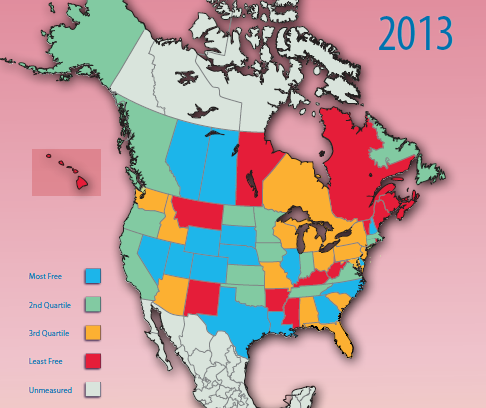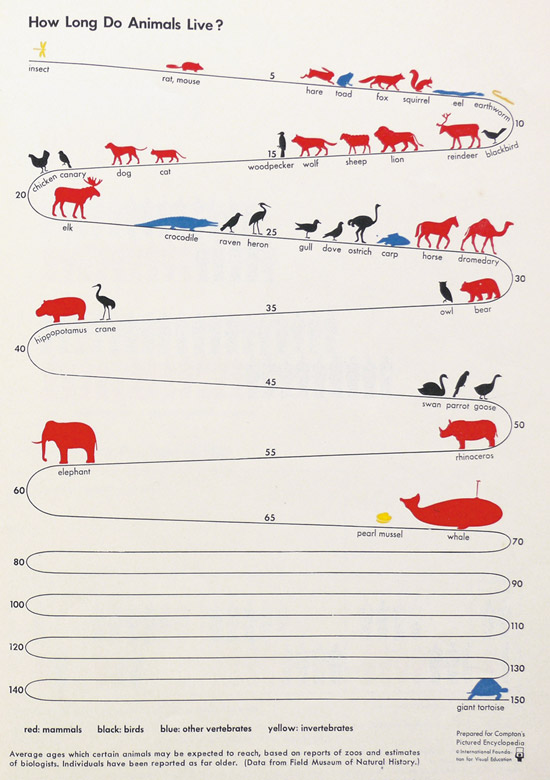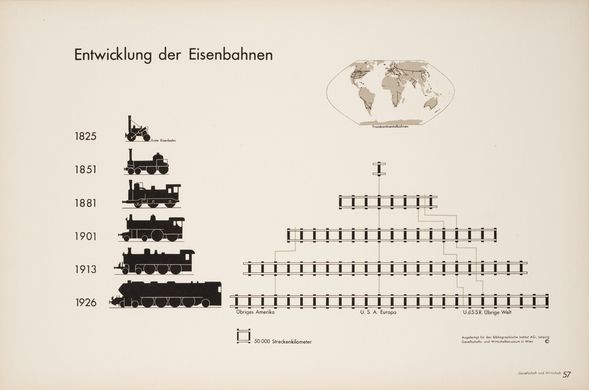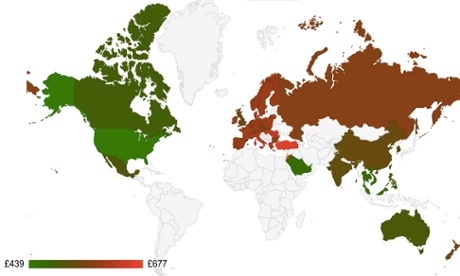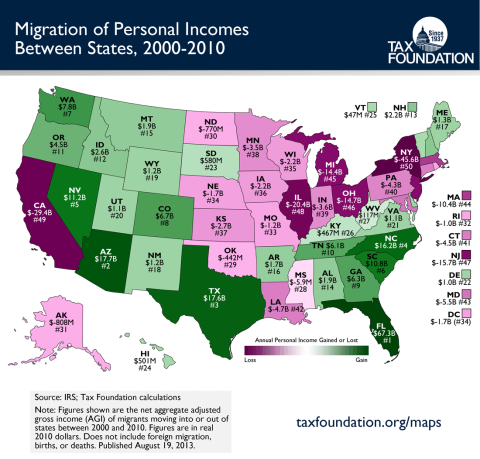Emma Pierson does a bit of statistical analysis of some of Shakespeare’s plays and discovers that some of the play names are rather misleading, at least in terms of romantic dialogue:
More than 400 years after Shakespeare wrote it, we can now say that Romeo and Juliet has the wrong name. Perhaps the play should be called Juliet and Her Nurse, which isn’t nearly as sexy, or Romeo and Benvolio, which has a whole different connotation.
I discovered this by writing a computer program to count how many lines each pair of characters in Romeo and Juliet spoke to each other,1 with the expectation that the lovers in the greatest love story of all time would speak more than any other pair. I wanted Romeo and Juliet to end up together — if they couldn’t in the play, at least they could in my analysis — but the math paid no heed to my desires. Juliet speaks more to her nurse than she does to Romeo; Romeo speaks more to Benvolio than he does to Juliet. Romeo gets a larger share of attention from his friends (Benvolio and Mercutio) and even his enemies (Tybalt) than he does from Juliet; Juliet gets a larger share of attention from her nurse and her mother than she does from Romeo. The two appear together in only five scenes out of 25. We all knew that this wasn’t a play predicated on deep interactions between the two protagonists, but still.
I’m blaming Romeo for this lack of communication. Juliet speaks 155 lines to him, and he speaks only 101 to her. His reticence toward Juliet is particularly inexcusable when you consider that Romeo spends more time talking than anyone else in the play. (He spends only one-sixth of his time in conversation with the supposed love of his life.) One might be tempted to blame this on the nature of the plot; of course the lovers have no chance to converse, kept apart as they are by the loathing of their families! But when I analyzed the script of a modern adaptation of Romeo and Juliet — West Side Story — I found that Tony and Maria interacted more in the script than did any other pair.
All this got me thinking: Do any of Shakespeare’s lovers actually, you know, talk to each other? If Romeo and Juliet don’t, what hope do the rest of them have?
Update, 28 March: Chateau Heartiste says that this study shows that pick-up artists and “game” practitioners are right and also proves that “Everything important you need to know about men and women you can find in the works of Shakespeare”.

